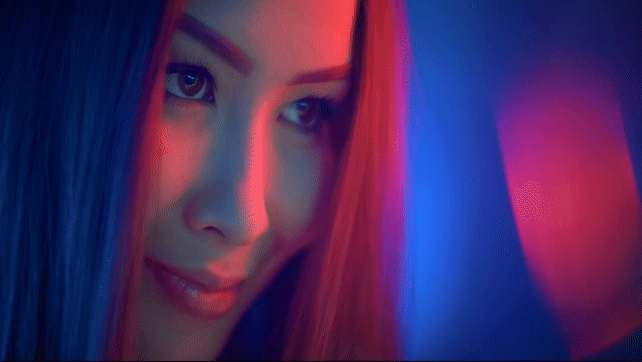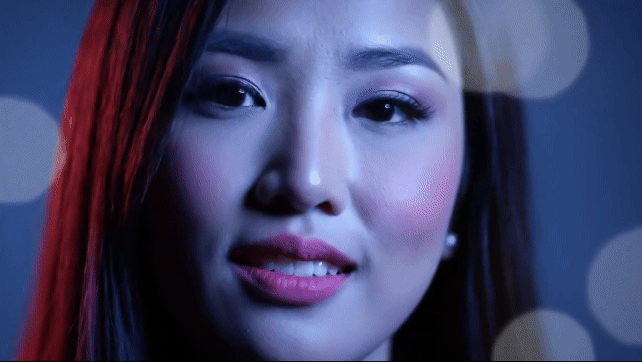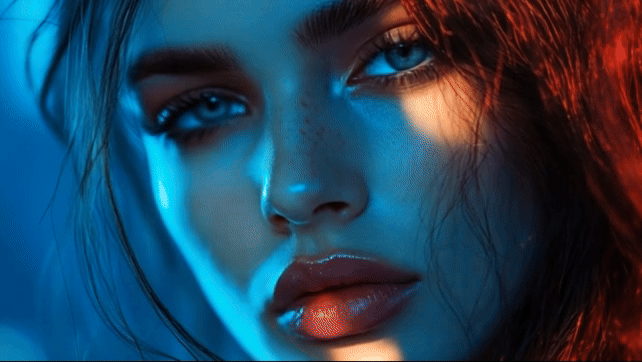AI Video models are evolving fast—Here’s how they compare
The State of AI Video models in the early 2025
With AI video models evolving rapidly, choosing the right one can be challenging—new features roll out almost every week.
Each model has its strengths, from dynamic motion and stable visuals to keyframe control and beyond.
To help you navigate the options, let’s try to rank the 9 leading AI video models:
Google DeepMind's Veo 2
Hailuo MiniMax
Hunyuan Video (Tencent)
Kling
Luma AI’s Ray2 (Dream Machine)
OpenAI’s Sora
Pika 2.2
PixVerse 3.5
Runway Gen-3
Ranking these top AI video platforms depends on factors like video quality, input flexibility, customization, accessibility, pricing, and overall industry impact.
For models with image-to-video, we are going to animate the above image. For text-to-video, we are going to use the following prompt:
A close-up portrait of a smiling attractive woman with blue and red lighting, highlighting her eyes and lips. The background is a gradient from dark to light, creating depth in the composition. She has long hair, and there's some bokeh effect on parts of her face. Her expression appears contemplative or pensive, adding personality to the shot.
Let’s dive in.
Place 9: OpenAI's Sora
Generates 1-minute 1080p videos with photorealistic visuals, natural physics, and strong prompt adherence. Sora Turbo promises faster, cheaper generation. Potential for integration with OpenAI's ecosystem (e.g., ChatGPT, DALL-E) enhances future scalability.
Why it’s out of the Top 5
Sora's realism and length rival Kling, but limited public access (beta testing, enterprise focus) as of March 2025 restricts usability. Audio features are nascent, and legal/ethical concerns (e.g., copyright, data security) may delay adoption. And last but not least, the price: $200 for 200 videos (sorry, I won’t pay this price).
Place 8: Hunyuan Video (Tencent)
1080p videos (30 seconds) with open-source customization and local deployment for developers. Text-to-video and image-to-video supported, with flexible aspect ratios. Appeals to niche applications, especially in Asia.
Why it’s out of the Top 5
Hunyuan's open-source approach is unique, but limited diversity, data concerns, and lower industry impact place it near the bottom. Its potential is higher for developers needing customization.
Place 7: Google DeepMind's Veo 2
Generates 1-minute 1080p videos with photorealistic outputs and strong physics simulation. Text-to-video is supported, with image-to-video expected soon. Google's cloud infrastructure could enable scalable API access.
Why it’s out of the Top 5
Veo 2's realism and length match the top models, but has limited access and less mature features (still no image-to-video) compared to the best tools. Its potential is high with broader availability. Limited public access (enterprise focus), unclear pricing, and underdeveloped audio features.
6th Place: Pika 2.2 (Pika Labs)
Generates 1080p videos up to 10 seconds, with enhanced motion and realism compared to previous versions. Offers text-to-video and image-to-video, with Pikaframes enabling seamless keyframe transitions between images. Scene Ingredients allow customization of characters, objects, and settings.
Why it’s out of the Top 5
Pika 2.2's Pikaframes and Scene Ingredients are innovative, but its shorter video length, limited input modes, and less advanced customization compared to the top models. It remains a strong option for casual users and short-form content creators.
5th Place: Pixverse 3.5
PixVerse 3.5 is an AI-powered video generation platform launched in late 2024, designed to create high-quality videos from text prompts and static images.
Here's a detailed overview of PixVerse 3.5 and its key features:
Strengths:
PixVerse 3.5 generates videos in 1080p resolution at 30 frames per second (fps). It supports video durations of up to 10 seconds.
Multiple Input Modes: Offers text-to-video and image-to-video, and this last feature can stand up to competitors like Kling and Runway.
Customization and Control: Start/End Frame Control: PixVerse 3.5 allows users to specify starting and ending frames for videos, providing precise control over the animation process.
Speed and Efficiency: PixVerse 3.5 is optimized for quick generation, typically producing 10-second videos in 2-5 minutes, depending on queue times
Keep reading with a 7-day free trial
Subscribe to The AI Video Creator to keep reading this post and get 7 days of free access to the full post archives.








